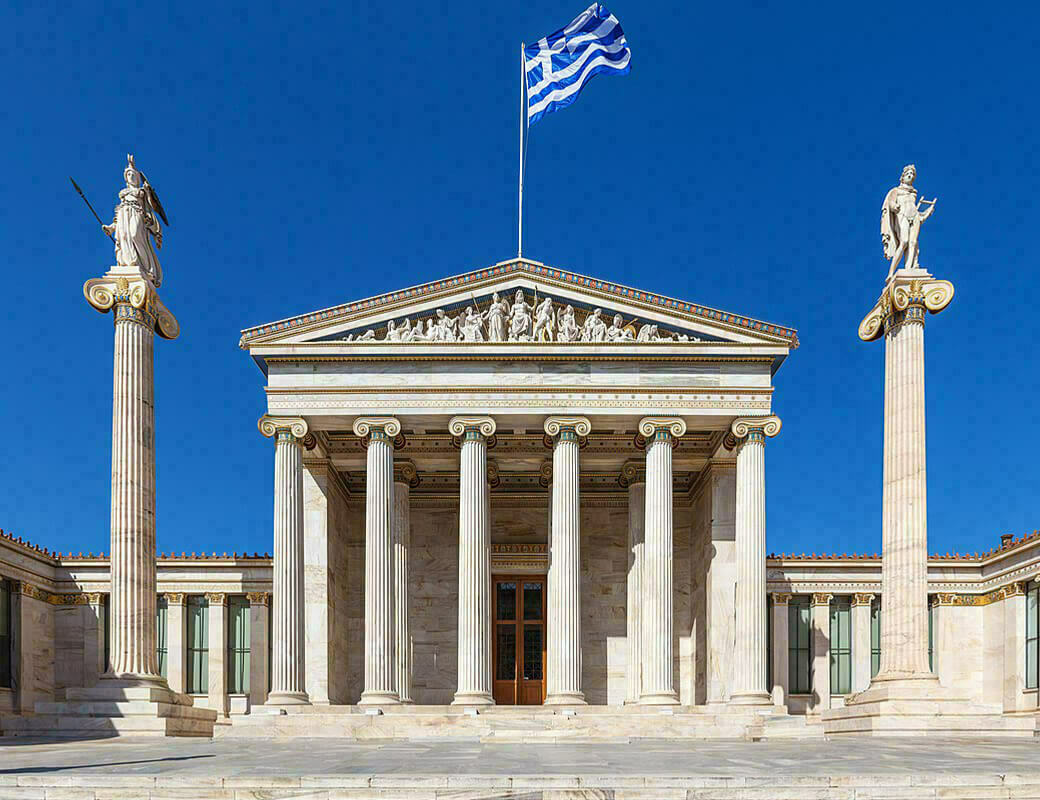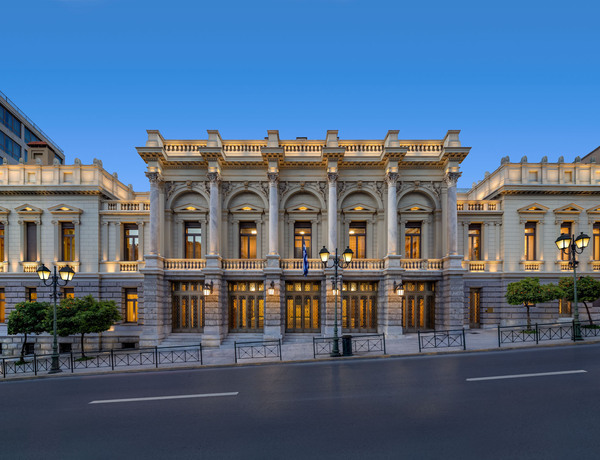
Posted by Filippos Fragkogiannis
The Academy of Athens is one of the most prominent institutions of higher education and research in Greece. It is located in Athens, the capital city of Greece, and was founded in 1926 with the aim of promoting scientific and academic excellence in the country.
The Academy of Athens is modeled after the famous Academy of Plato and is housed in a neoclassical building that was designed by the Danish architect Theophil Hansen. The building is located in the center of Athens, near Syntagma Square, and is considered one of the most important architectural landmarks in the city.
The Academy is comprised of several research centers, each dedicated to a specific field of study, including humanities, social sciences, physical sciences, and life sciences. The Academy’s mission is to promote research, education, and public service in these fields, and to advance the knowledge and understanding of Greece’s cultural heritage and scientific contributions to the world.
The Academy also plays an important role in shaping public policy and decision-making in Greece, and its members are often called upon to provide expert advice and counsel to government officials and other stakeholders.
The Academy of Athens is widely recognized as a leading institution of higher learning and research in Greece, and its members have made significant contributions to a wide range of fields, including philosophy, literature, history, mathematics, physics, biology, and medicine.
Website
academyofathens.gr
academyofathens.gr





